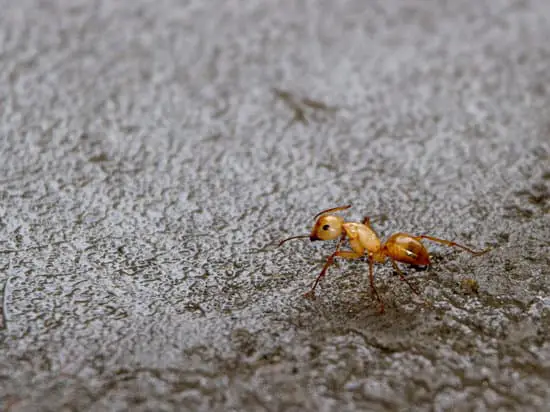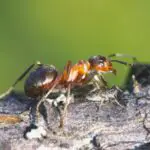How Much Heat Can Ants Take?
Several species of ants are adapted to living in very hot places. Some have been found to tolerate temperatures up to 55 degrees Celsius. Others are adapted to a more moderate range. These ants are usually found in temperate regions of southeastern Australia. They are very important in pollination and nutrient recycling. They also play a key role in seed dispersal.
Research has also found that climate change could affect foraging behavior in ants. For example, they could forage earlier in the day. This could have a negative effect on seed distribution. It is also possible that some ants would become more susceptible to chill-coma. The recovery rate from chill-coma is also variable.
A study on army ants found that aboveground species were more heat-tolerant than their underground counterparts. In the study, nine species of army ants from Costa Rica were studied. The researchers examined thermal conditions in simulated habitats. They found that the underground species had smaller temperature swings, but were still able to tolerate high temperatures. The researchers found that these ants were able to survive 42degC for 216+-4.8 minutes.
Research has also found that the size of an ant’s body may affect its temperature tolerance. Smaller ants are more susceptible to high temperatures. They are also less active in a warm environment. These differences in thermal tolerance could be a reflection of the shape of thermal performance curves.
Researchers from Drexel University also studied the microhabitat preferences of army ants. They found that the dominant species in a colony correlated positively with optimum temperature for foraging.








